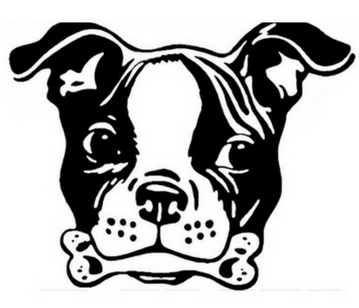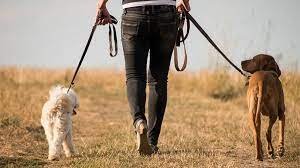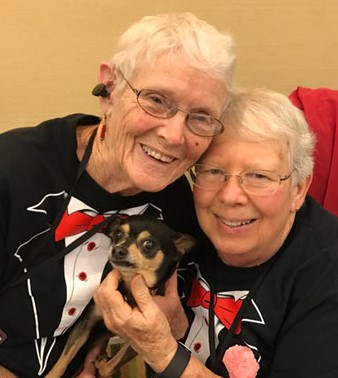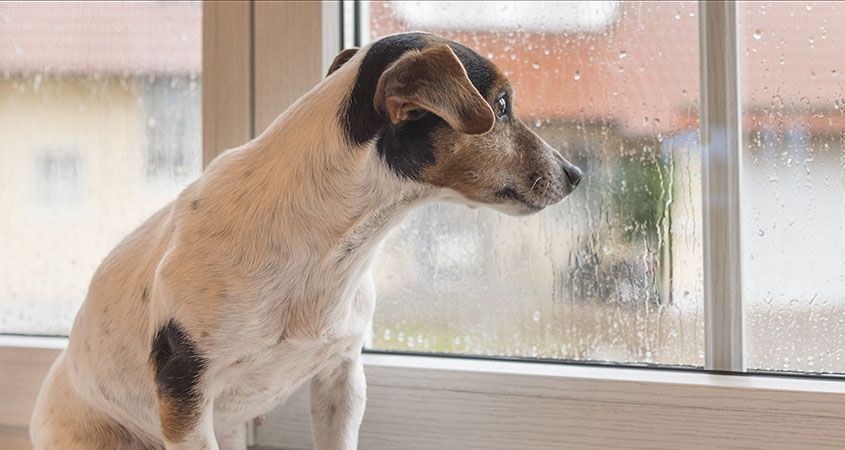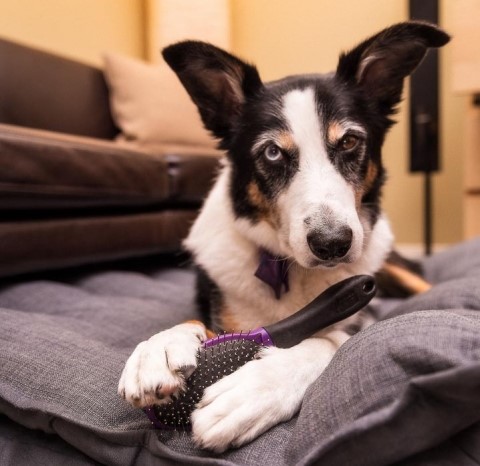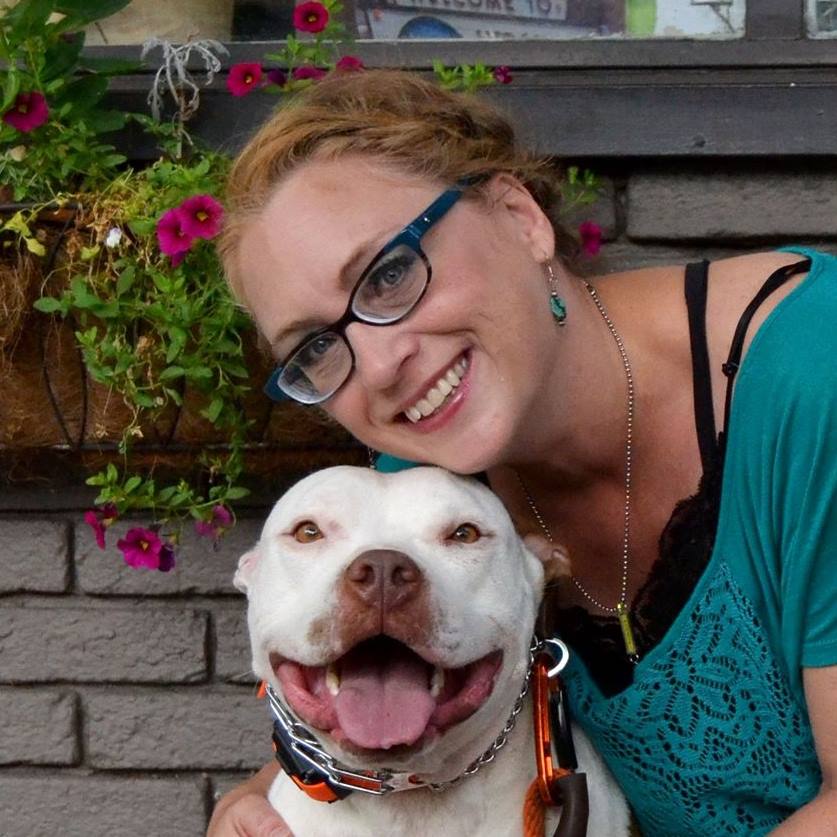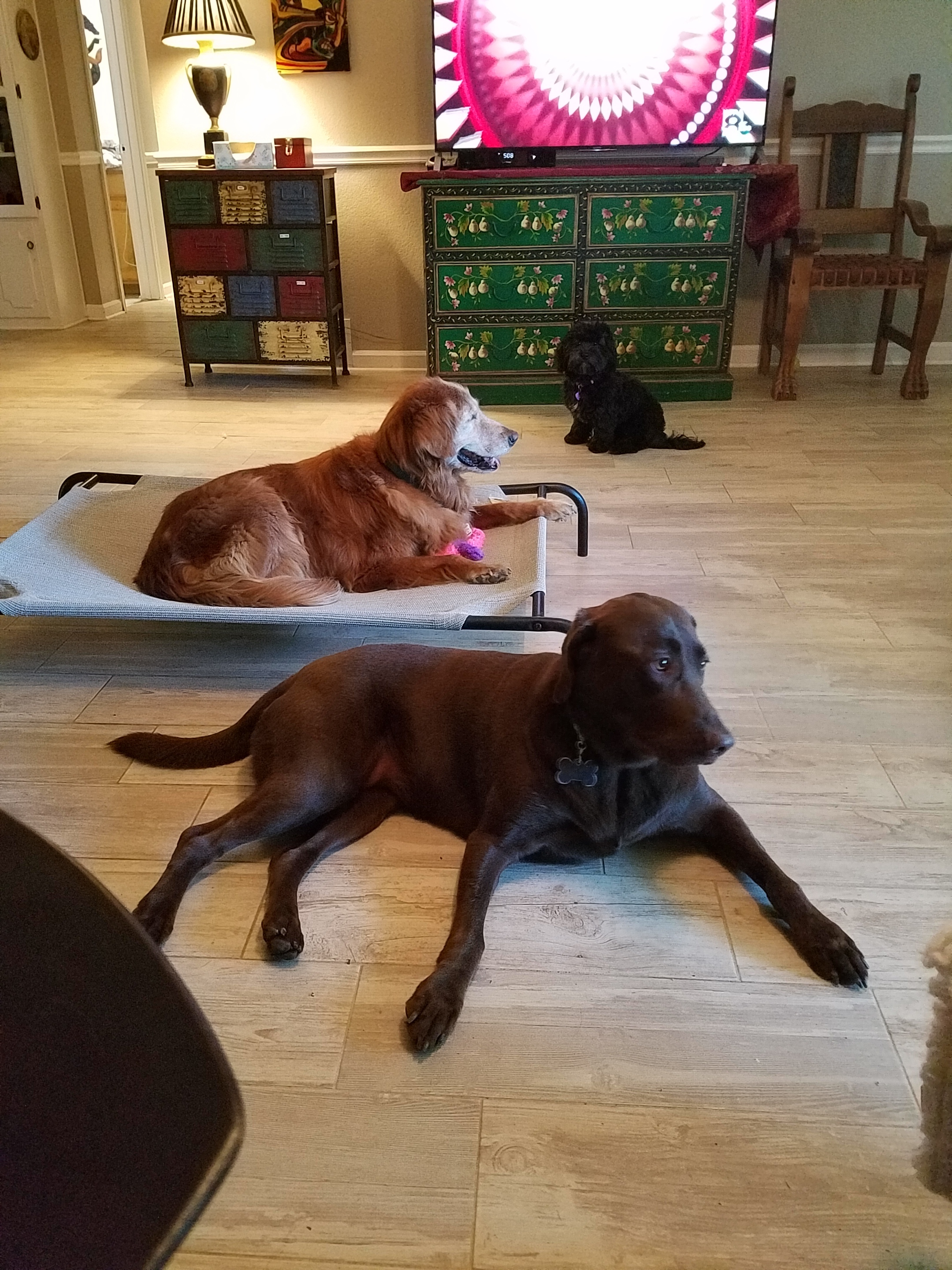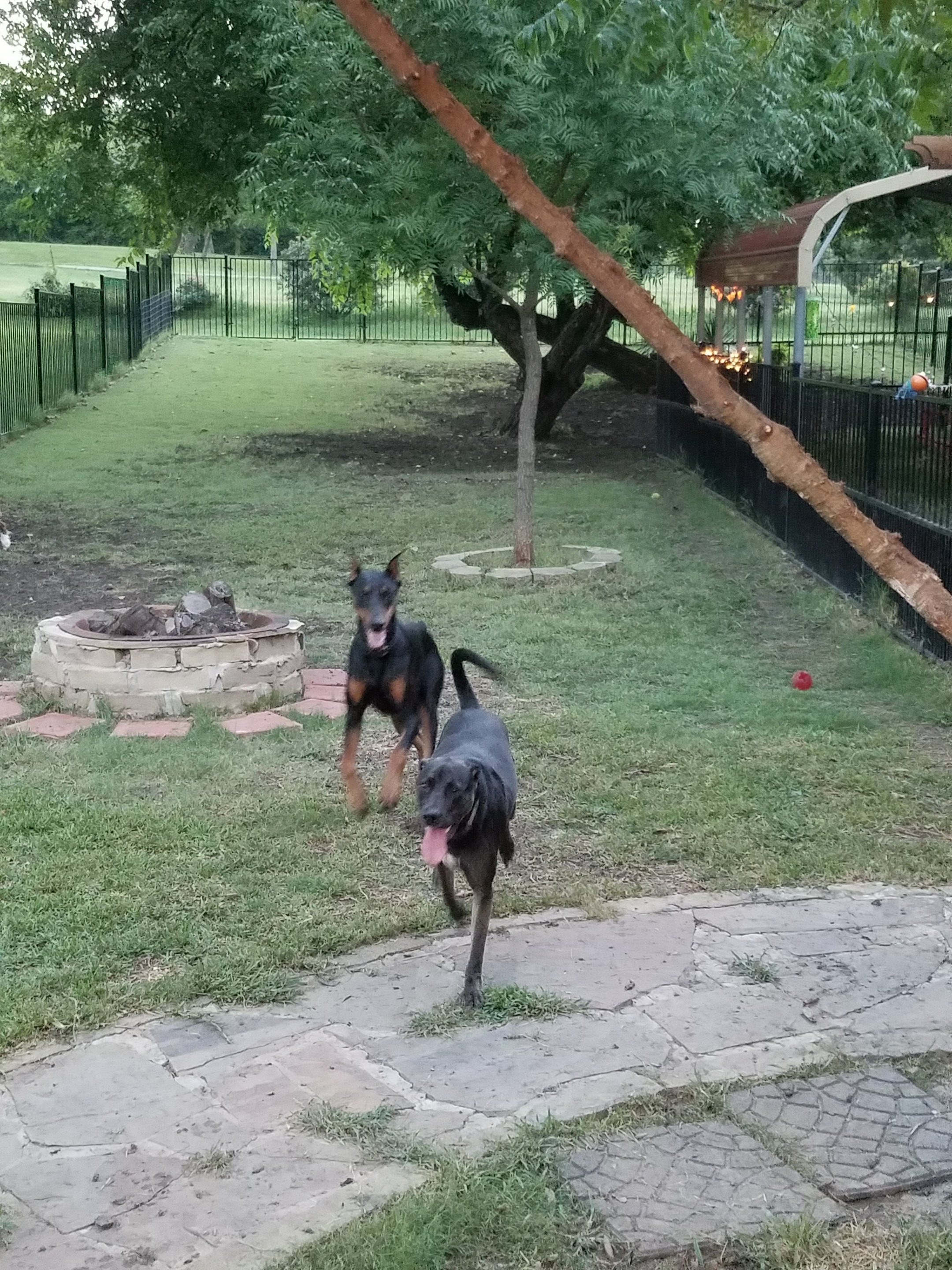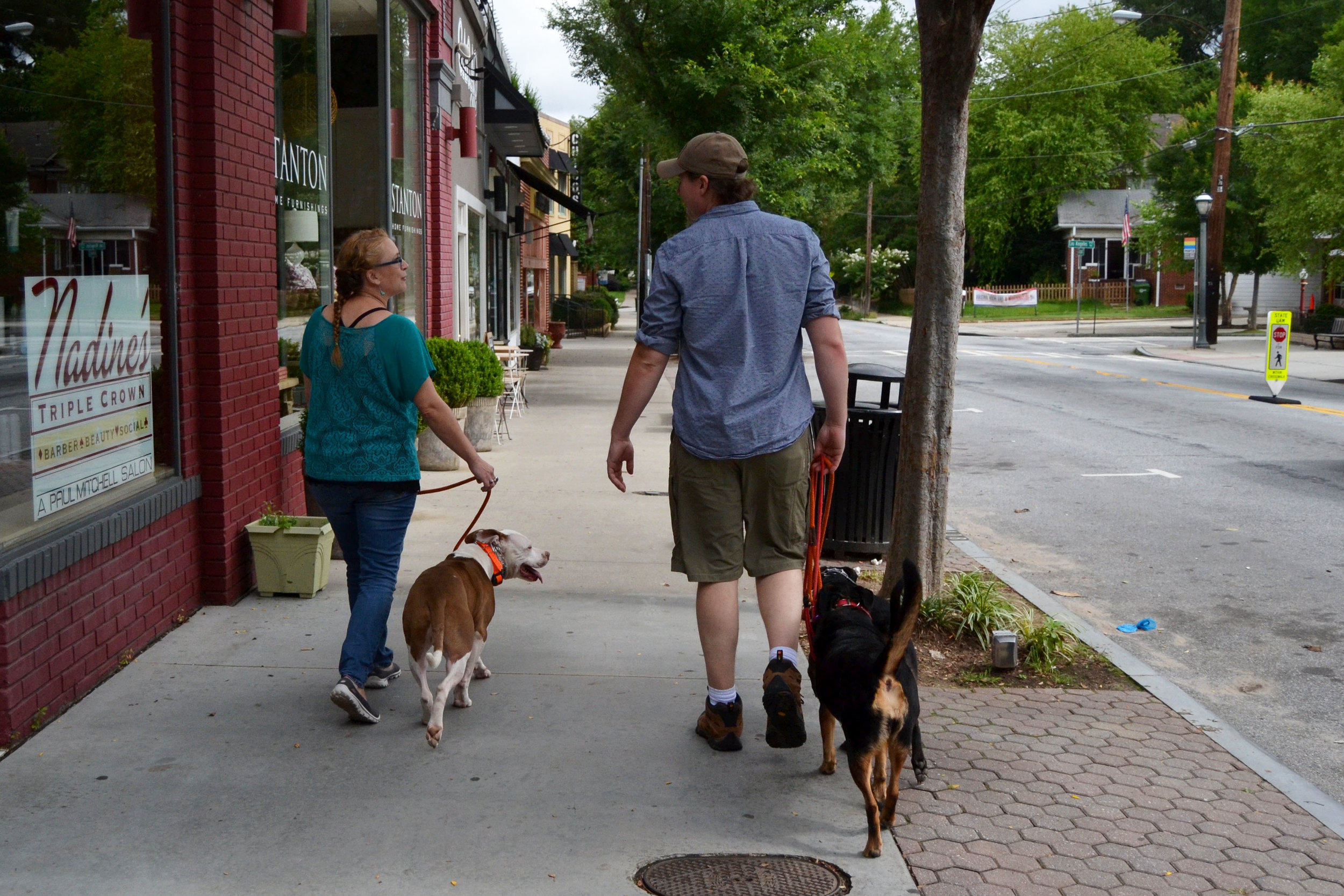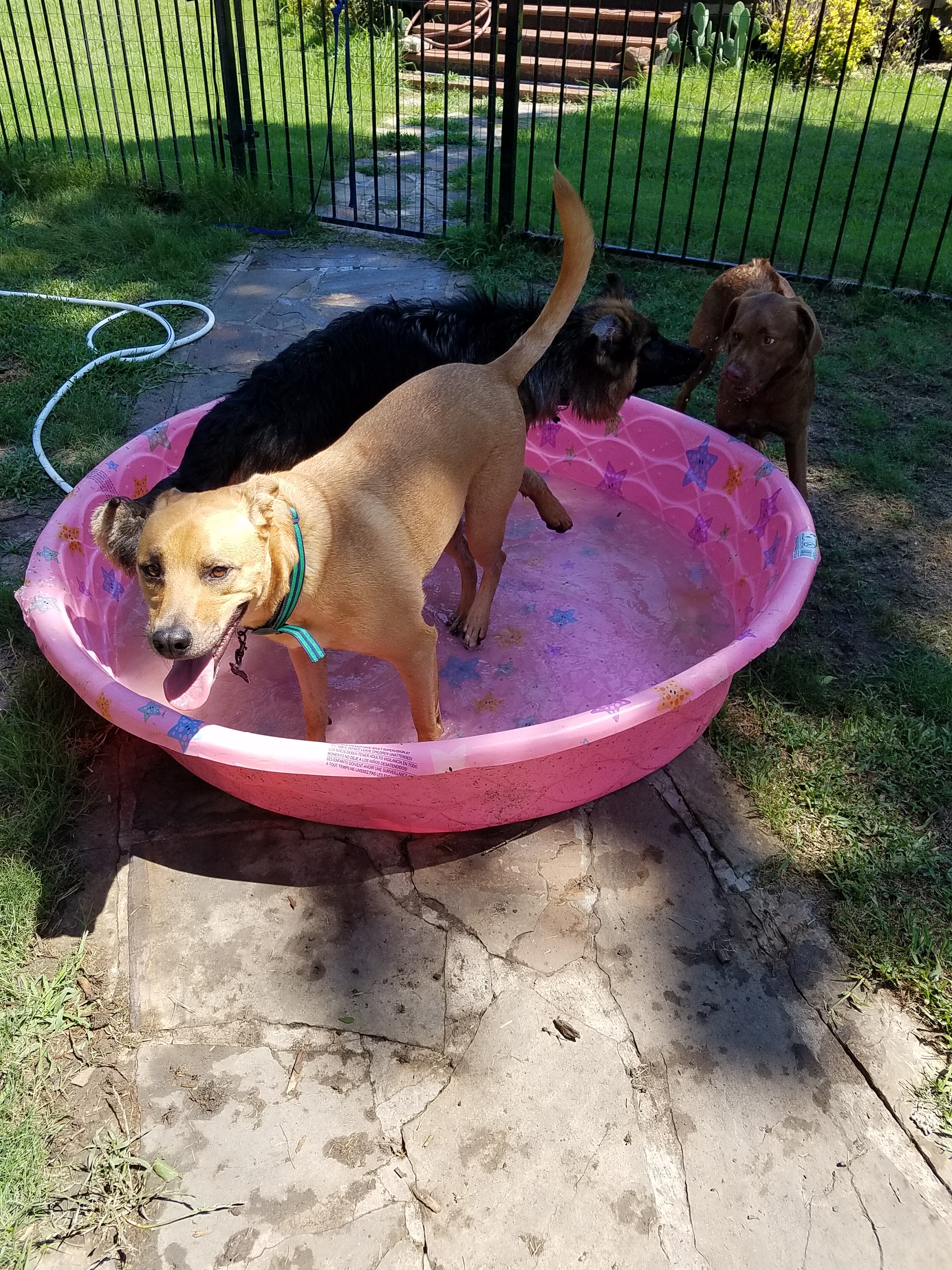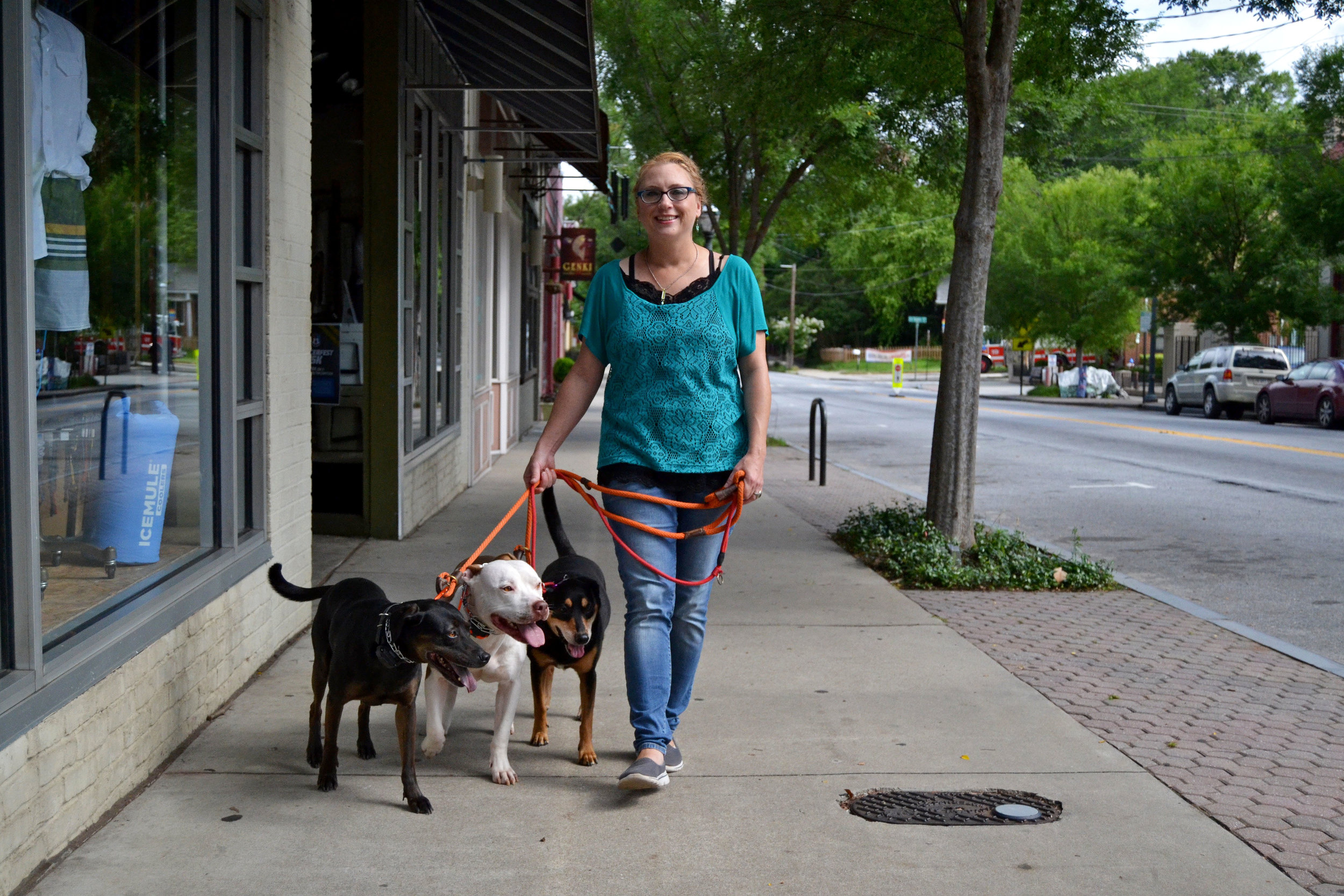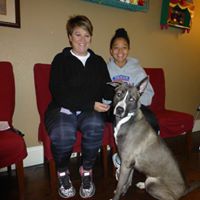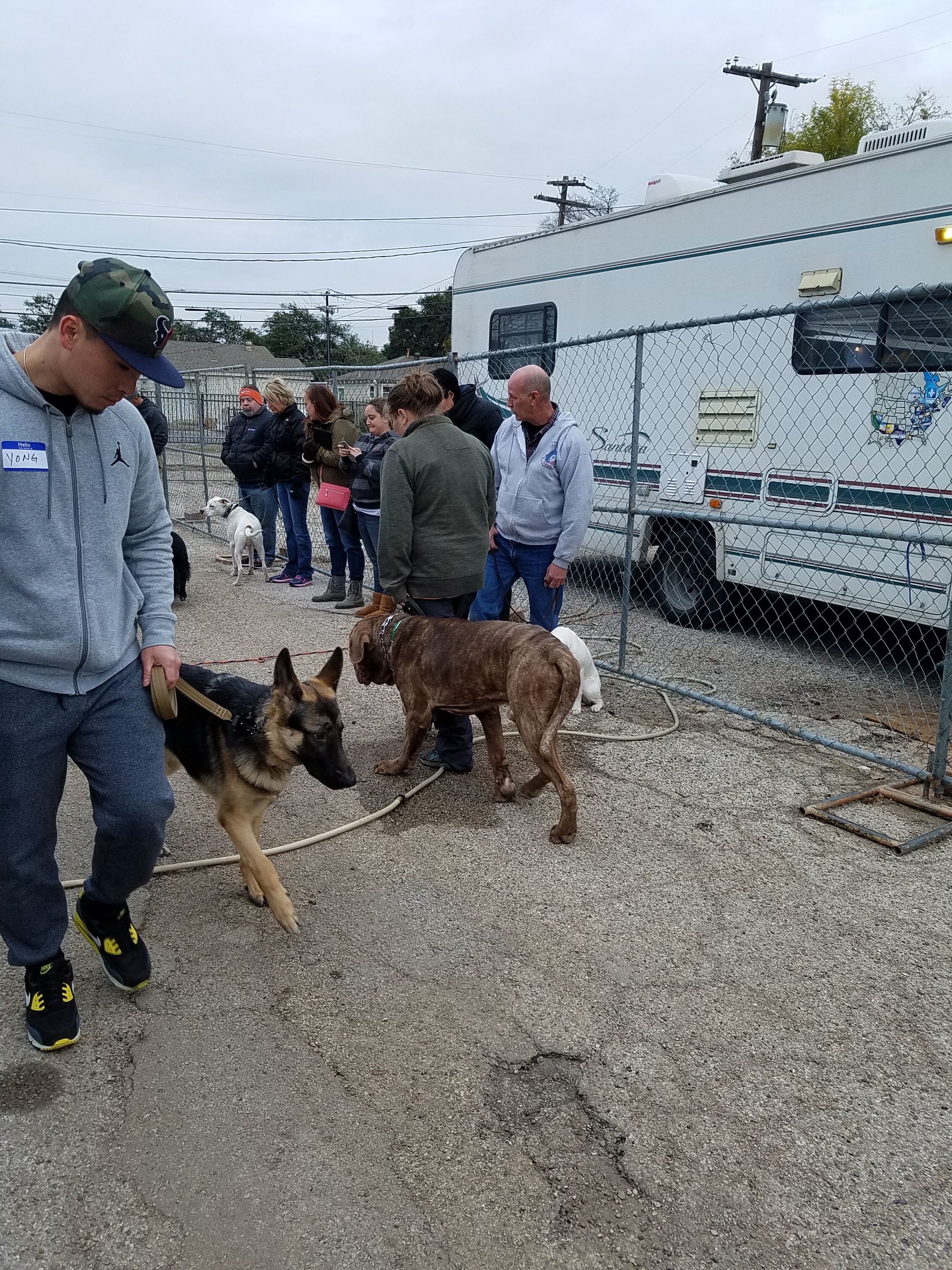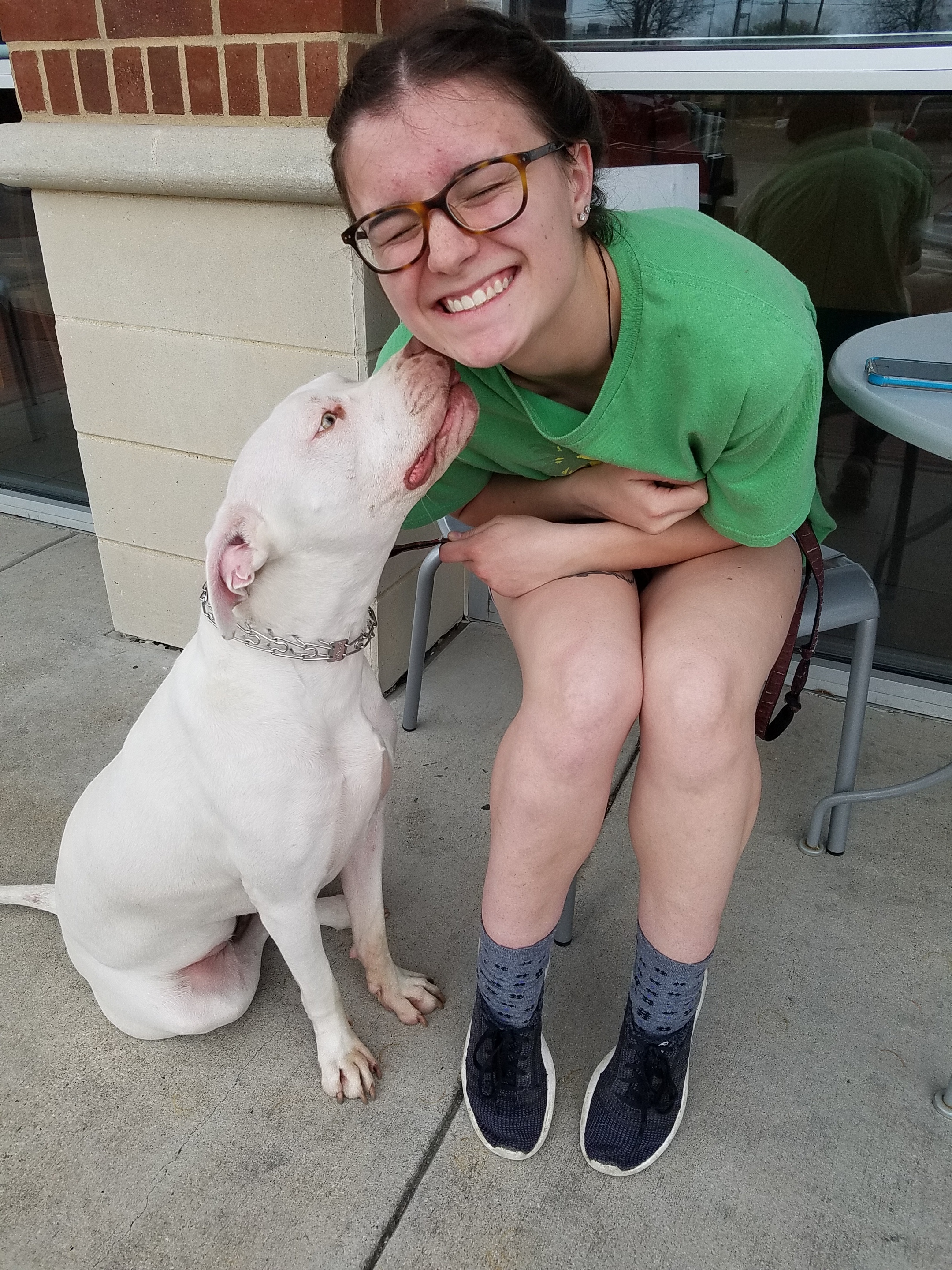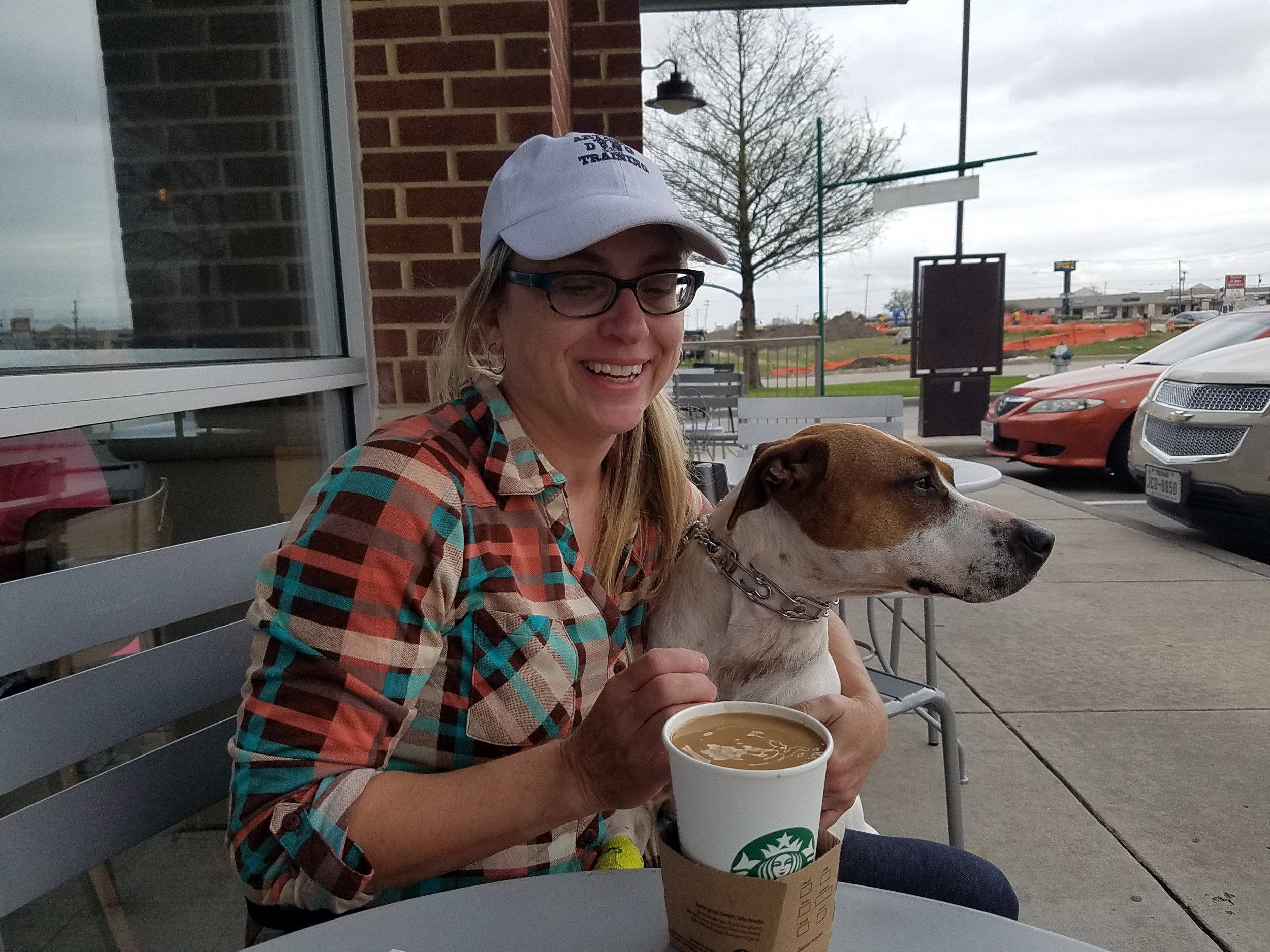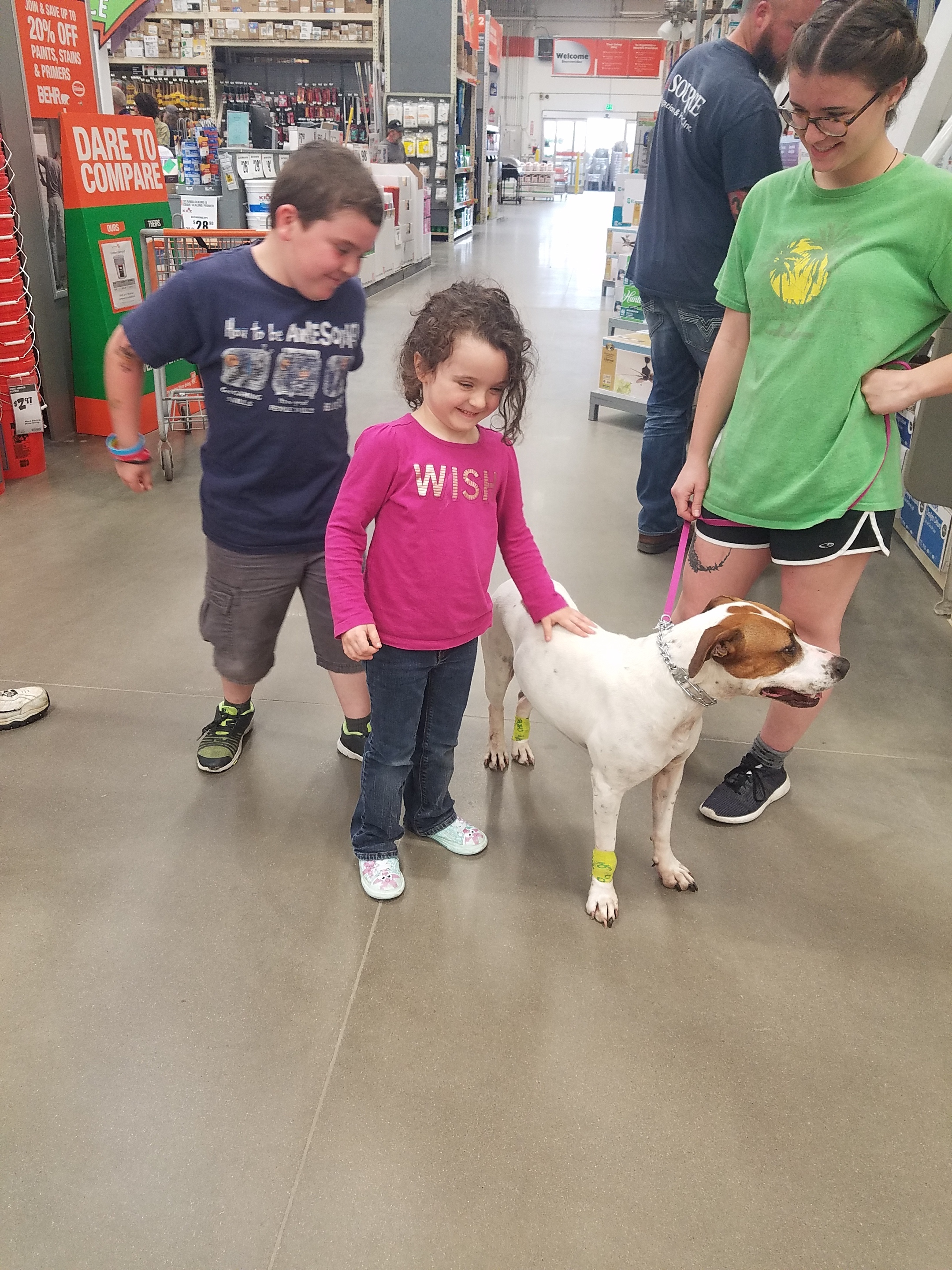Going on a road trip with your dog is a great way to create life long memories while building the bond between you and your dog. Dogs spend the majority of their lives confined to the walls of our homes. Taking them on a road trip is a great way for them to get out and explore the world.
Last summer me and two of my dogs did a 3,000 mile road trip along the eastern half of the United States. We hiked, kayaked, and camped all along our route.
Here are my top tips for making sure a road trip with your dog goes smoothly:
1) Keep food, treats, water, bowls, leashes, poop bags, & meds easily accessible
Pack a bag just for your dog and have it easily accessible. Having to rummage through your luggage to find their food, water, or bowls while making a quick stop can be time consuming and you don’t want to have to unpack your car just to find one item.
2) Make a packing list & bring items based on the activities you will be doing
Common things you will need no matter the activity are food, water, bowls, poop bags, crate, leashes (bring an extra one just in case!), toys, blankets, treats, & medicine.
If you are camping you may want to bring a long tie out line to keep your dog safe while in the campground. Also, pack extra blankets & sweaters for the dogs if you are tent camping. It can get cold at night and dogs will need help staying warm.
If you are going kayaking or swimming bring a life jacket for your dog and an umbrella to help keep them out of the sun
3) Bring prescription medication with you & bring more than you need
Unfortunately, I found this out the hard way, so please learn from my mistakes. My dog has 2 partially torn ACLs. She takes a prescription paid/anti-inflammatory medicine as needed. She rarely needs it and on our last trip I didn’t pack any. Big mistake. She ended up needing it on our last trip. I called her vet in Dallas to try and get a prescription filled in Tennessee.
Since her vet isn’t licensed in TN she couldn’t call in the prescription for us to get it filled. I had to take my dog to the ER to get her the pain medicine she needed, delaying our trip by an entire day. Lesson learned: vets cannot fill prescriptions out of state so please make sure to take more than enough medicine with you.
4) NEVER leave your pet unattended inside of your car
Not for even 1 second. Not if you have a Telsa with “dog mode”. Not if you leave the AC running. Just don’t do it. Cars get broken into and dogs get stolen more often than you might realize. AC systems fail and cars can have mechanical failure leaving your dog stuck inside a hot car with no way out.
So that your dog doesn’t need to be in the car alone follow these tips for getting food and taking bathroom breaks:
Take your food with you in a cooler or utilize drive thru’s or take out services that bring the food out to your car. If you’re travelling with someone have someone stay in the car with the dogs while someone runs in to get food.
Petsmart & Petco’s are usually located in close proximity to major highways. This way you can take your dog in with you to use the bathroom and the dog will have their own grassy area to do their business as well. Home Depot and Lowes can also usually be found next to major highways however, not all of their stores allow dogs so call ahead to confirm if dogs are allowed in that particular store.
If you have an activity planned where your dog is not able to go with you take them to a dog daycare or boarding facility or safely crate them in your hotel room.
5) National Parks vs National Forests
Dogs are generally allowed in campgrounds in National Parks however, dogs are not allowed on hiking trails within National Parks.
Instead visit National Forests. All 154 National Forests allow dogs on hiking trails. Dogs must be kept on a leash and the leash must be no longer than 6 feet in length.
If wildlife such as bears or mountain lions are a concern in the area you are visiting you can put a bear bell on your dogs collar to scare away predators. Also, make sure to carry bear spray with you.
6) Utilize apps to find pet friendly accommodation and activities
Some of the most pet friendly hotel chains include Red Roof Inn, Aloft, Best Western, & Choice Hotels.
Utilize apps and web sites like BringFido, BarkHappy, Pet First Aid, Paw Parks, and Vet Finder to help you find dog friendly accommodations, activities, dog parks, nearby veterinarians, and even other local dog friends!
7) Pet ID & Documentation
Before setting out on your road trip make sure you dog has a properly fitted collar with updated phone numbers on their tags. Collars should be snug on their neck and should not be able to slip over their head.
If you dog is microchipped ensure the info tied to the chip is current.
Make sure your dog is current on all core vaccines before leaving. These include Bordetella, Distemper/Parvo, & Rabies. Take a hard copy of their shot records with you and keep an electronic one in your email as well.
No matter where you choose to go have an amazing time, take lots of photos, and stay safe! Every dog deserves a road trip and a chance to explore the world. They will thank you with endless sloppy kisses.
